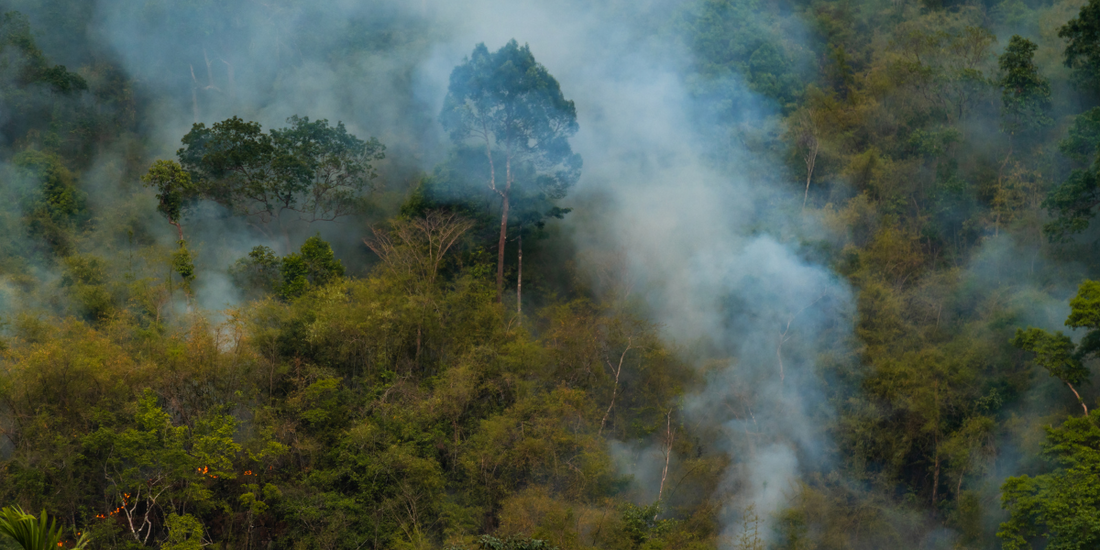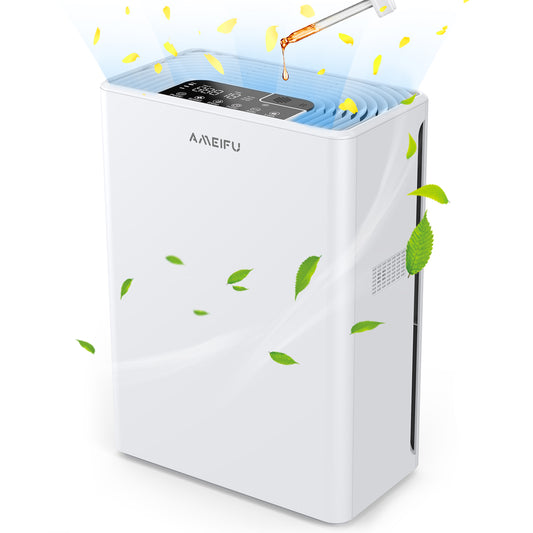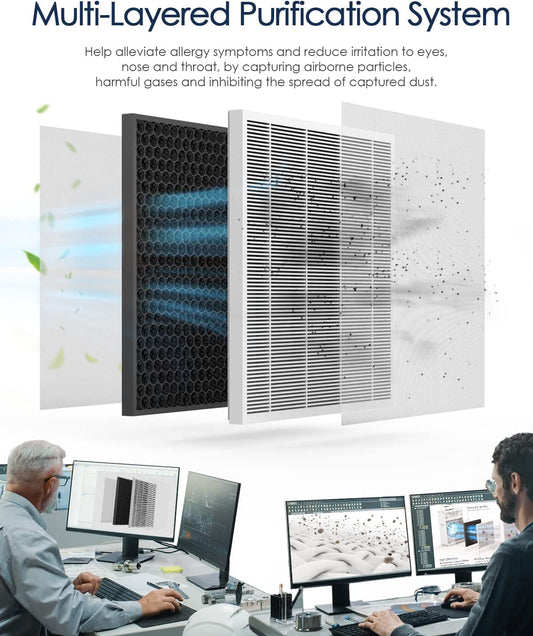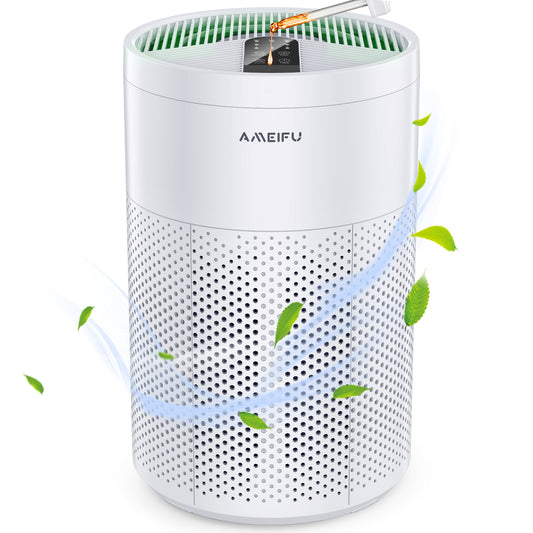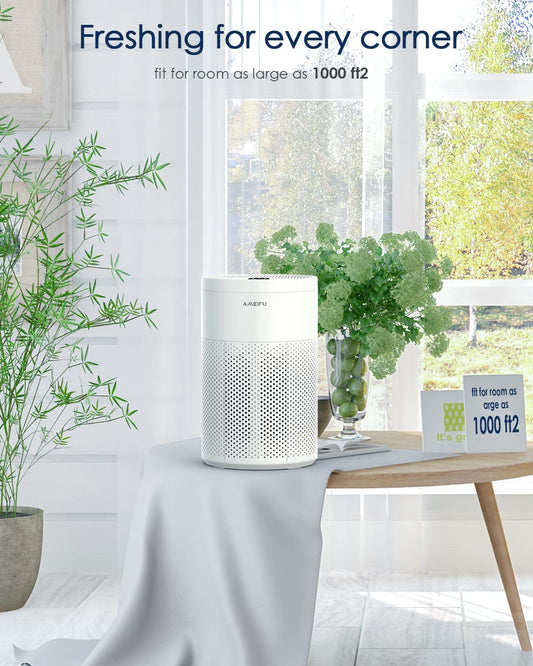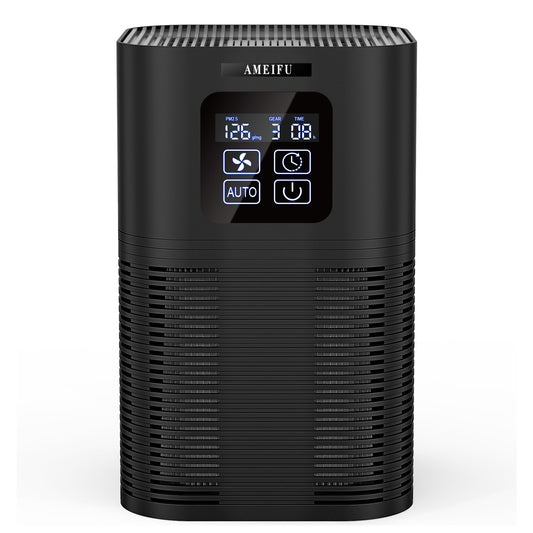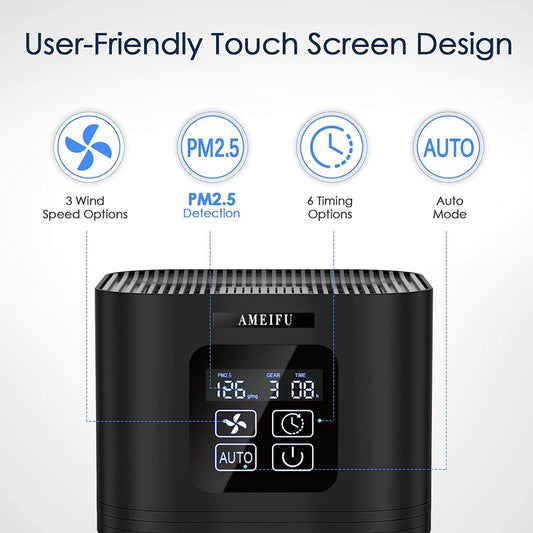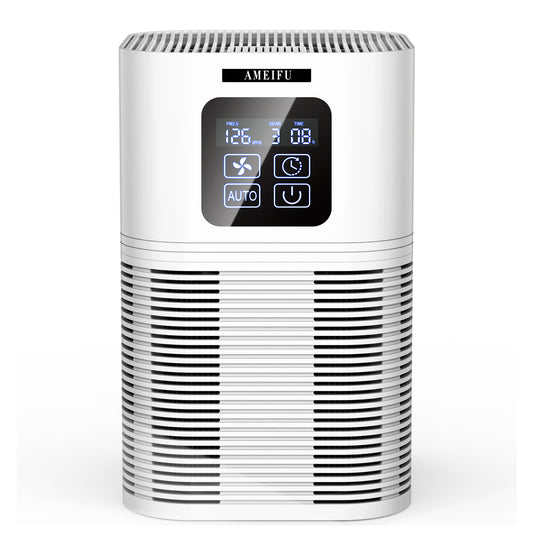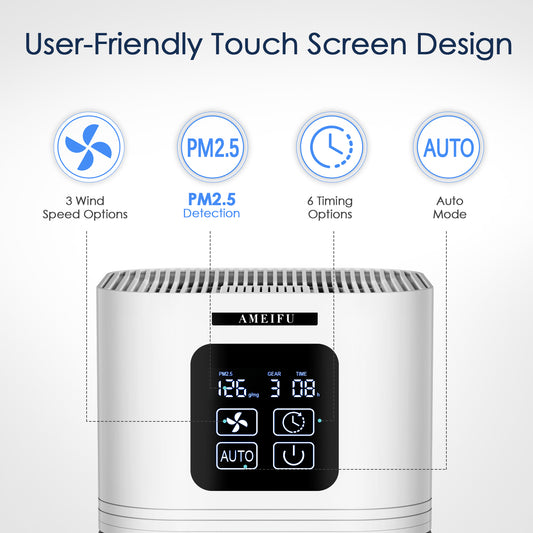Wildfires are becoming increasingly common and severe in many parts of the world, leading to significant environmental and health concerns. The resulting smoke and air pollution from these wildfires pose a considerable threat to public health, exacerbating respiratory issues and other health conditions. In this context, the use of air purifiers has gained attention as a potential solution to mitigate the adverse effects of wildfire smoke. This article aims to examine the effectiveness of air purifiers in reducing the impact of wildfire smoke and provides valuable insights into their role in safeguarding indoor air quality.
Understanding Wildfire Smoke
Wildfire smoke is a complex mixture of gases, fine particles, and other harmful substances. The particulate matter (PM) found in wildfire smoke consists of tiny particles suspended in the air, including PM2.5 (particles smaller than 2.5 micrometers in diameter) and PM10 (particles smaller than 10 micrometers in diameter). These microscopic particles can penetrate deep into the respiratory system, leading to a range of health issues such as coughing, wheezing, shortness of breath, and increased susceptibility to respiratory infections.
The Role of Air Purifiers
Air purifiers are devices designed to remove contaminants from indoor air, including pollutants, allergens, and odors. They typically consist of filters that capture particles as air passes through the device. The effectiveness of air purifiers in mitigating the impact of wildfire smoke depends on several factors, including the type of air purifier, the specific filter technology used, and the size and concentration of the smoke particles.
Filter Types and Efficiency
High-efficiency particulate air (HEPA) filters are widely recognized as the gold standard in air purification. HEPA filters are capable of trapping particles as small as 0.3 micrometers with an efficiency of 99.97%. These filters can effectively capture PM2.5 and PM10 particles present in wildfire smoke, reducing their concentration in indoor environments.
Activated carbon filters are another common filter type used in air purifiers. These filters are effective in removing odors, volatile organic compounds (VOCs), and certain gases, which may be present in wildfire smoke. By adsorbing these chemical compounds, activated carbon filters contribute to improving indoor air quality during a wildfire event.
CADR and ACH: Determining Purifier Performance
The Clean Air Delivery Rate (CADR) and Air Changes per Hour (ACH) are two metrics used to assess the performance of air purifiers. CADR measures the volume of clean air delivered by the purifier per unit of time, specifically for tobacco smoke, pollen, and dust particles. A higher CADR value indicates a more efficient air purifier in removing airborne pollutants, including those associated with wildfire smoke.
ACH represents the number of times the entire volume of air within a room is exchanged by the purifier in one hour. A higher ACH value indicates more frequent air exchanges, reducing the concentration of pollutants, including wildfire smoke particles, over time. Aim for an ACH of at least four to six for effective air purification during wildfire events.
Considerations for Air Purifier Selection
When selecting an air purifier to combat the impact of wildfire smoke, several factors should be taken into account. The size of the purifier and its coverage area should match the size of the room or space where it will be used. The higher the Clean Air Delivery Rate and Air Changes per Hour, the more effective the purifier will be in removing smoke particles.
Additionally, considering the noise level produced by the purifier is important, as it can affect comfort and usability, particularly during sleep or work hours. Energy efficiency is also a consideration, as air purifiers are intended to be used continuously for extended periods, especially during wildfire events.
Supplementary Measures for Indoor Air Quality
While air purifiers can be effective in reducing the impact of wildfire smoke, they should be considered as part of a comprehensive approach to indoor air quality management. Other measures that can be employed alongside air purifiers include:
- Sealing: Ensure that windows, doors, and other openings are properly sealed to minimize the entry of outdoor air pollutants.
- Ventilation: Use mechanical ventilation systems with filters that can remove or reduce smoke particles when outdoor air quality permits.
- Indoor plants: Certain houseplants have been found to help improve indoor air quality by removing certain pollutants.
- Air quality monitors: Utilize air quality monitors to keep track of pollutant levels in real-time and make informed decisions regarding ventilation and the use of air purifiers.
Conclusion
Air purifiers can play a crucial role in reducing the impact of wildfire smoke on indoor air quality. HEPA filters, along with activated carbon filters, are effective in capturing fine particulate matter and certain chemical compounds present in smoke. Consideration of CADR, ACH, and other factors when selecting an air purifier is essential to ensure optimal performance. However, it is important to note that while air purifiers can significantly improve indoor air quality during wildfire events, they should be used in conjunction with other measures to mitigate the overall impact of smoke pollution. By adopting a comprehensive approach, individuals can better protect their health and well-being when faced with the challenges of wildfire smoke.

